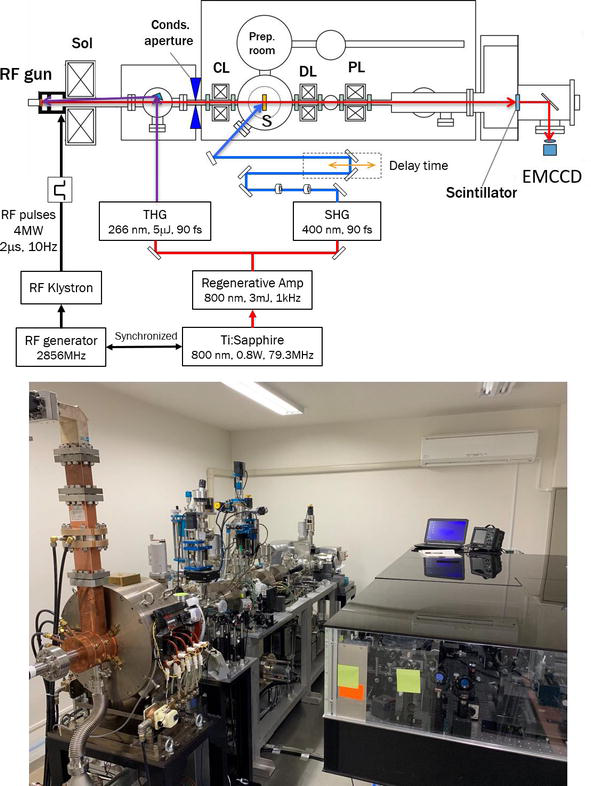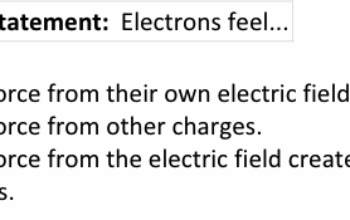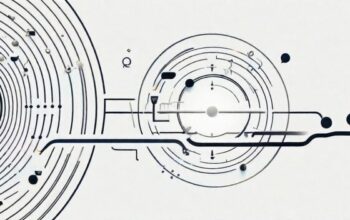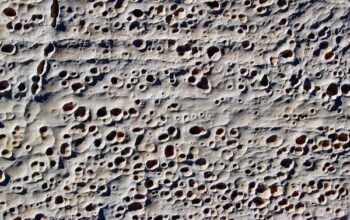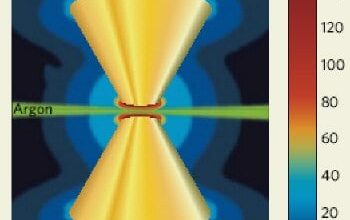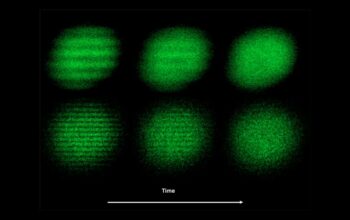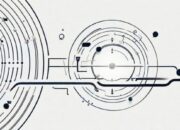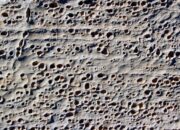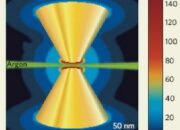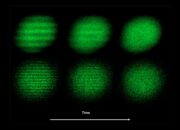In the realm of contemporary physics, the advent of femtosecond electron pulses has ushered in a new epoch, allowing researchers to delve into the previously inaccessible realm of ultrafast dynamics. This pioneering technique enables the observation of physical phenomena occurring on the timescale of atomic motions, typically measured in femtoseconds (10-15 seconds). But what precisely does this mean for our understanding of matter? Can we observe the dance of electrons in real time, thereby unlocking the secrets of complex materials? Addressing these questions poses a significant challenge, both methodologically and theoretically.
Ultrafast physics emerges from the need to explore the dynamics of electrons that govern chemical processes, phase transitions, and electronic properties of materials. At the center of this inquiry lie femtosecond electron pulses — brief bursts of electrons that are emitted and accelerated to relativistic velocities. These pulses are critical, as they offer a temporal resolution that conventional techniques can scarcely match. By utilizing phenomena such as electron diffraction, researchers can visualize the rearrangement of atomic structures under various conditions, thus providing insights into fundamental physical processes.
The principle underlying femtosecond electron diffraction (FED) is relatively straightforward: a target material is bombarded with a pulse of electrons, which then scatter off the material’s atomic lattice. By measuring the resulting diffraction patterns, it becomes possible to map the arrangements of atoms with atomic-scale precision. The challenge, however, lies in capturing this fleeting moment. The pulse duration must be finely tuned to coincide with the dynamics of the system being investigated. Is it feasible to synchronize the fleeting electron pulses with atomic motion, and how do researchers overcome the inherent uncertainty in these measurements?
Moving beyond the basics, the utility of femtosecond electron pulses extends into various interdisciplinary fields. These applications range from elucidating quantum states in novel materials to investigating reaction mechanisms in complex chemical systems. For instance, recent studies have illustrated how femtosecond techniques can illuminate the transient state of molecules during a chemical reaction, essentially capturing the “before” and “after” snapshots in a single experiment. One might ponder: what novel discoveries await if we can routinely observe these transient states in real-time?
Furthermore, the intersection of femtosecond electron pulses and advanced detection methods presents an intriguing frontier. The development of high-speed detectors has accelerated the pace of research, adding layers of sophistication to data acquisition and analysis. Coupling FED with time-resolved imaging techniques not only enhances spatial resolution but also allows for the assessment of electronic and structural dynamics concurrently. Thus, one can envision a future where the interplay of various physical systems is not merely recorded but understood holistically. However, what obstacles may arise when integrating multiple modalities? Adapting analysis techniques to parse and interpret such intricate datasets remains an ongoing challenge.
Another pivotal aspect of ultrafast physics is centered around the theoretical frameworks that underpin the interpretation of experimental observations. Classical mechanics often fails to adequately describe phenomena occurring on ultrafast timescales, necessitating advances in quantum mechanics and many-body physics. As researchers probe deeper, they must grapple with the quantum nature of particles and correlations among them at play during these ultra-rapid events. Could the exploration of non-equilibrium quantum states lead to novel materials with tailored properties? Herein lies both promise and challenge.
A burgeoning field that exemplifies this challenge is that of topological materials, where the interplay between their intrinsic electronic properties and external perturbations can lead to extraordinary phenomena. Femtosecond electron pulses provide a unique probe to explore these behaviors, tantalizing physicists with the prospect of unraveling the enigmatic correlations that underlie conductivity and magnetism in these materials. But just as these materials promise breakthroughs in technology, achieving reproducible results in experimental conditions proves elusive. Will the quest for understanding topological states rendered by femtosecond pulses redefine our future technological landscape?
The utility of femtosecond electron pulses is also beginning to find applications in biomedical science, particularly in the analysis of biomolecular interactions. Techniques such as FED may enable the investigation of protein folding dynamics and the interactions of biomolecules on ultrafast timescales, providing insights into the minutiae of biological processes. As researchers aim to harness these advances for therapeutic purposes, a new set of questions emerges. Will the complexities of biological interactions yield to our probing, or do they confound our best efforts at elucidation?
In summation, femtosecond electron pulses represent a captivating frontier in the quest to unravel the complexities of matter on atomic and molecular scales. This exploration not only poses questions but also presents myriad challenges that intertwine experimental and theoretical domains. As ultrafast physics continues to evolve, the potential for transformative discoveries abounds. Will the intricacies of quantum mechanics yield to our innovative techniques, powering the next wave of scientific breakthroughs? The answers remain tantalizingly just beyond our reach, but the journey into ultrafast physics promises to redefine our understanding of the fundamental universe and the material world that we inhabit.
